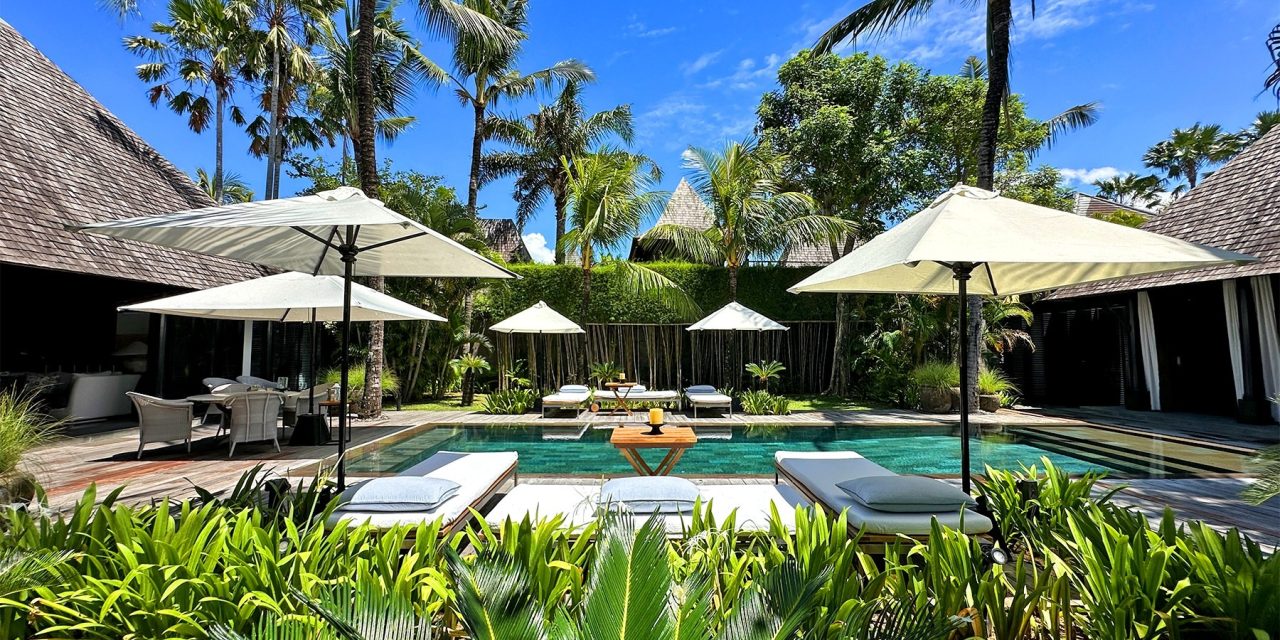Ah, Ubud! The cultural heart of Bali, overflowing with rice paddies, art, and spirituality. While many travelers flock to the beaches of the south, those who venture into Ubud are rewarded with a historical treasure trove. If you’re looking for some rich history and cultural experiences beyond the Instagram filters, you’ve landed in the right place. Let’s explore some historical sites near Ubud, Bali, that will add depth to your journey.
The Sacred Monkey Forest Sanctuary
One of the first places I stumbled upon in Ubud was the Sacred Monkey Forest Sanctuary. Imagine stepping into a lush, green paradise filled with ancient temples, towering trees, and playful monkeys swinging above your head! This place is not just an escape into nature; it’s a living piece of history.
As I wandered through the forest, I came across three main temples: Pura Dalem Agung Padangtegal, Pura Beji, and Pura Prajapati. Each temple features intricate stone carvings and historical significance dating back to the 14th century. There’s something magical about knowing that you’re walking where the Balinese have walked for centuries.
Tip: Be cautious of the monkeys! While they are adorable, they can be a little mischievous. Keep your belongings close and avoid holding food in plain sight.
Goa Gajah (Elephant Cave)
Just a short drive from Ubud, Goa Gajah is one of the most fascinating historical sites in Bali. Dating back to the 9th century, this archaeological site is a glimpse into Indonesia’s ancient past. When I first entered the cave, I couldn’t help but feel a chill run down my spine. The entrance, adorned with a beautifully detailed relief of a monster’s face, is both inviting and daunting.
Inside, you’ll find a small meditation hall, bathing pools, and even a stone statue of Ganesh! The atmosphere is serene, and you can almost hear the whispers of those who sought refuge here centuries ago. Walking around the surrounding area, don’t miss the lush rice terraces; they are perfect for a reflective stroll.
Practical Advice: Arrive early in the morning to avoid the crowds. The light filtering through the trees into the cave is nothing short of enchanting at dawn.
Tirta Empul Temple
Tirta Empul Temple is a site of both historical and spiritual significance, established in 962 AD. The temple is world-renowned for its sacred springs, believed to have healing properties. I remember sitting on the steps, watching the local Balinese perform a purification ritual in the waters. It felt like stepping into another era — one where spirituality and daily life intertwined seamlessly.
Part of the beauty of visiting Tirta Empul is participating in the traditions. I decided to join the locals in a cleansing ceremony, and let me tell you, it was a humbling experience. Dipping into the spring waters, I felt a connection not only to my own journey but to the countless souls who have visited before me.
Insider Tip: Wear a sarong, which you can rent at the entrance. It’s respectful to cover yourself when visiting temples, and it enhances the experience.
Gunung Kawi Temple
Hidden amidst lush rice paddies lies Gunung Kawi Temple, an ancient complex dating back to the 11th century. What struck me when I arrived was the dramatic entrance, descending down a series of steps into the valley below, surrounded by verdant landscapes. The temple features ten rock-cut shrines, believed to be the memorials of ancient kings and queens.
Walking along the path to the temple, the sound of the river and the sight of vibrant flowers made it feel like a secret world waiting to be discovered. As I stood in front of the massive shrines, I thought about the dedication it must have taken to carve them into the cliffs. It reminded me of how history feels so alive in Bali — it’s not just a place you visit, but a home to ancestral stories.
Practical Tip: Bring water and wear comfortable shoes. The hike down (and up) can be a bit strenuous, but it’s more than worth it!
The Puri Saren Royal Palace
What better way to step into Ubud’s history than visiting the Puri Saren Royal Palace? Located right in the center of Ubud, this palace showcases Balinese architecture and serves as the residence of the royal family. I was captivated by the intricacy of the gates and walls adorned with vibrant carvings and statues.
Dancing performances are held almost every night within the palace courtyard. I was lucky enough to catch a traditional Balinese dance, and it was a sight for the ages — the colorful costumes and rhythmic movements told stories of Balinese folklore that transcended language.
Advice: Check the schedule for dance performances beforehand and arrive early to secure a good seat. You can even enjoy a traditional meal at one of the nearby cafes afterward, savoring the flavors of Balinese cuisine while digesting the artistry you just witnessed.
Conclusion: Embracing Ubud’s Historical Charms
Exploring the historical sites near Ubud, Bali, offers more than just a day of sightseeing; it provides an opportunity to connect with the island’s rich heritage. Each site has its own story and charm, inviting you to pause and reflect.So, if you find yourself in Ubud, take the time to delve into its history. Whether you’re gazing at the ancient carvings at Goa Gajah or splashing in the waters at Tirta Empul, each moment will enrich your experience and understanding of this magical island.Happy travels, and may your journey through Ubud’s history be as transformative as mine!






